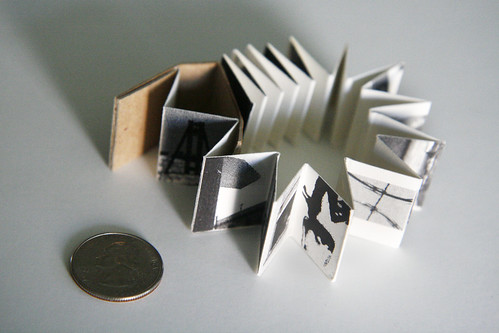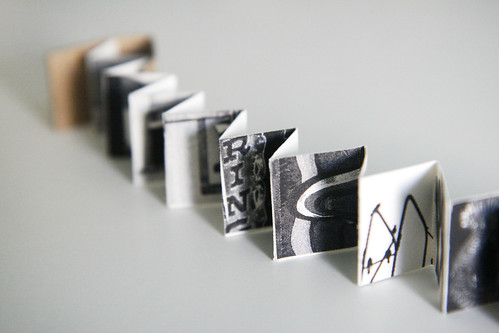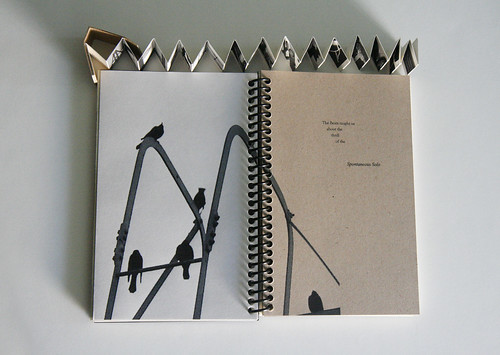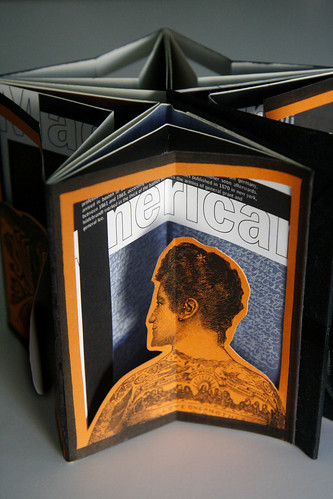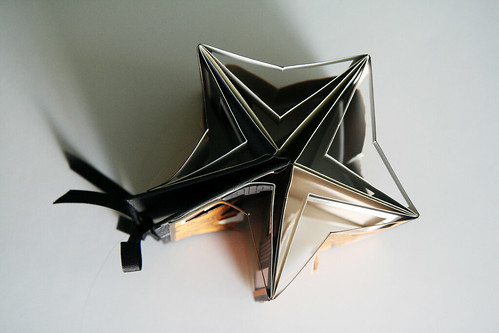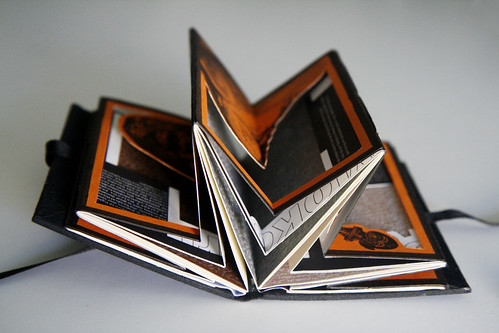. Posted by Sherrie Thai by Shaireproductions.com
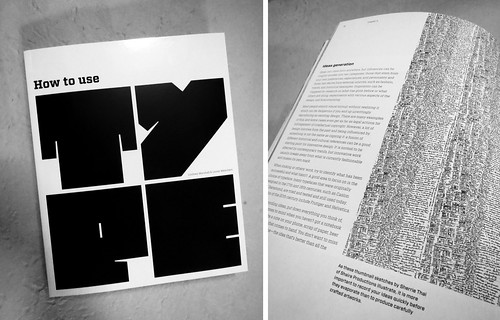
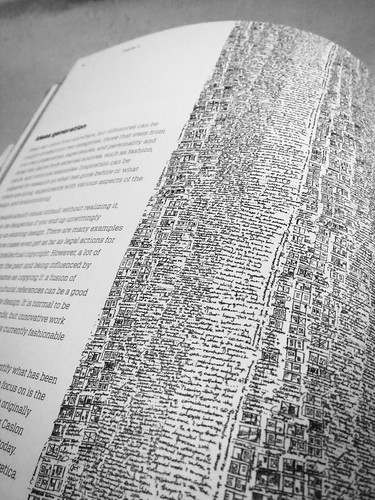
I’m very excited to have my sketches produced in the “How to Use Type” Design Book (Laurence King Publishing, UK, Page 76) along with numerous other designers for this comprehensive look at how to incorporate type and lettering in contemporary promotions.
You could get 35% discount off this book for the next 2 months with this code: CONTRIB8979 at www.laurenceking.com/us/how-to-use-type/ (I don’t get any profits, just a courtesy to ya). Best wishes!
. Posted by Sherrie Thai by Shaireproductions.com


I’m very excited to have my sketches produced in the “How to Use Type” Design Book (Laurence King Publishing, UK, Page 76) along with numerous other designers for this comprehensive look at how to incorporate type and lettering in contemporary promotions.
You could get 35% discount off this book for the next 2 months with this code: CONTRIB8979 at www.laurenceking.com/us/how-to-use-type/ (I don’t get any profits, just a courtesy to ya). Best wishes!
. Posted by Sherrie Thai by Shaireproductions.com
This handmade book was hand-sewn with five panels of three individual layers: calligraphy, printed die-cut papers and vintage tattooing illustrations. Though a time-consuming process, this one-of-a-kind piece was a rewarding challenge.
. Posted by Sherrie Thai of ShaireProductions.com
I’ve always loved Washington Irving’s “Legend of Sleepy Hallow”. Here is my version of the classic gothic character, complete with a zombie horse. The pencil drawing was colored in Photoshop, with a slight fog added to the background.
The Rape of Europa documentary (from Menemsha Films) is based on the book of the same name by Lynn H. Nicholas. It’s a emotional look at the plundering of art in World War II by mass murderer and rejected artist, Hitler (as explored in the film, Max) and the Nazis, the social effects of the loss, art’s place in culture, and the Monument Men (who protected cultural treasures during the war).
From the film, it was reported that millions (!) of artworks were stolen from historical sites, museums, and countless victims of the Nazis. Some of the classical pieces were from Da Vinci, Rembrandt, and Michelangelo. Others included the (Hitler dubbed “Degenerate Artists”) works of Van Gogh and Picasso. Backed by old news reel footage, The Rape of Europa is a compelling story–not just from an art perspective, but a cultural one. Religious artifacts (Torahs, bells, etc.) and the classic art treasures were housed in underground Nazi caves for the intention of being sent to Hitler’s (unbuilt) museum of art. Translating the millions of lives severed from the Holocaust into material objects is an astounding one. The film also touched on the stories of soldiers and their conflicts of saving lives vs. preserving historic monuments. Interviews from residents, victims, and historians recall the role of art for them–it was a source of history, memory, culture, and ultimately, identity.

